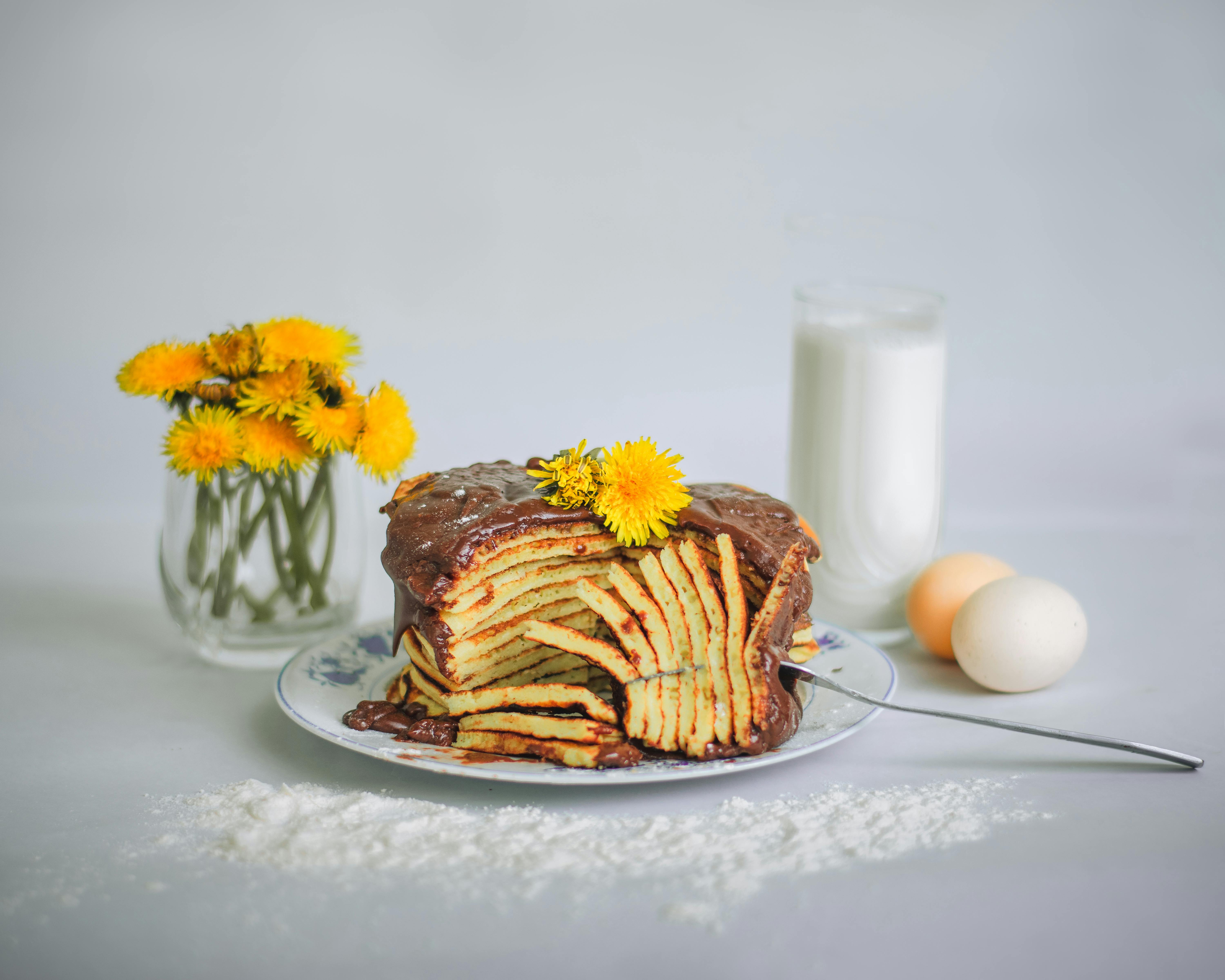The prospect of using purple paint anywhere in your home is disconcerting, especially if you choose a paint that is permanent. Painting your pad in purple palettes has pros and cons, which we’ll take a closer look at right now.
pros for purple
If you’re considering purple for your home, it could be for one of a number of reasons, from royal to ridiculous. Purple is a luxury color and, in ancient times, it was very expensive to produce because it was rarely found in nature. According to sources, the source of purple was a sea snail, and the color actually improved with time and age. Perhaps the effects are similar for you and your home!
Another great reason to choose purple is if you live in a tropical location where the brilliance of the flora and fauna make a perfect match. Opposite purple on the color wheel is yellow, the color of sunlight and flowers, so you’ll have great decorating options for accents and “pops” of color that designers and decorators are always talking about. . If a real reason isn’t your motivation, maybe the ridiculous is: the Easter bunny is your favorite fictional character and the purple around you will remind you of Easter and your new favorite bonnet!
Whatever your reasons for using purple paint anywhere in your home, be sure to choose several different shades of purple, each one two shades different from the next. Also, it is very important that you choose all “warm” or “cool” tones, but not a mixture of both. Warm tones will work well with other warm tones, but not with cool tones. Just like a wardrobe for your home, the right palette of shades of purple will look amazing and give you endless options for mixing and matching your décor.
Light and shadow will also play with the hues you choose, so you’ll notice a lot of different hues, but you’ll want lighter hues in some spaces and darker hues in others. For example, a long, narrow hallway needs a light color on the walls, but the ends of the hallway could easily be “shortened” by a much darker shade, especially if there is a window at one end. Paint the window frame and sill a nice shade of yellow to let in sunlight and light up the hallway. A small space will feel even smaller with a dark shade of purple. Try aubergine purple for a cozy guest room that encourages restful sleep. Keep yellow accents to a minimum and try several lighter shades of purple for a “layered” effect.
The cons of purple
Although we have to look at the cons of using purple paint, I have to admit a color bias. But in the interest of a balanced perspective on purple, we’ll discuss the downside, such as it is. Because purple rarely appears in nature, some might think it looks artificial or “forced.” If your friends don’t like shadows, get new friends! Having said that, I must confess that I witnessed an example of purple excess in my own former sister-in-law’s studio. It had all the walls painted in one of three shades of purple. Okay, I admit it, you can exaggerate the purple.
I said it there. There is a drawback.
This article is about using purple paint “anywhere” in your home, not EVERYWHERE! Another downside to wearing purple anywhere is that you’re not old yet. It seems that according to the book “When I’m Old, I’ll Wear Purple”, you have to be old to wear purple.
So don’t dress your house in purple unless you feel of a certain age. I think 25 should be enough. Don’t all teenagers think that’s “old”? Whether you choose a warm lavender purple or a cool aubergine purple, choose the shades that express your personality and showcase your lifestyle at its best. Have fun using purple paint anywhere in your home!
